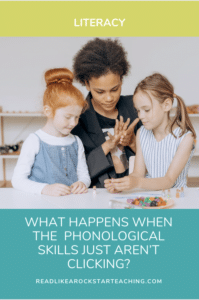
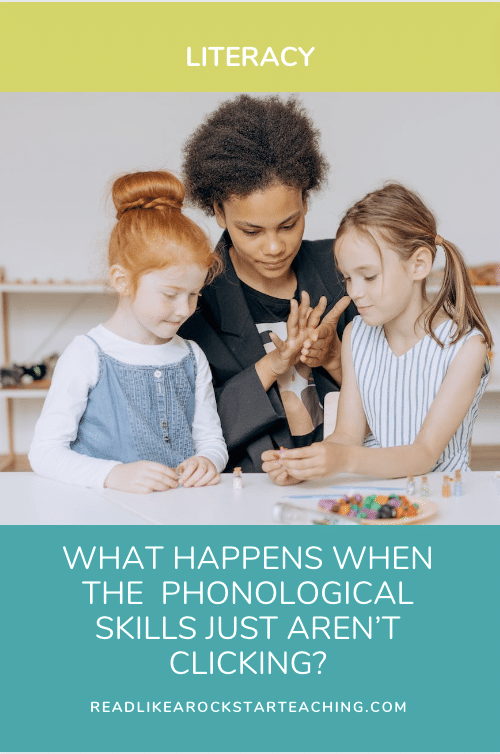
It is October as I write this, and already one of the most common emails I am receiving is, “I don’t think phonological awareness is working! My kids are still not able to do these skills!” Before we dive into this issue, let’s take a look at this chart of phonological awareness skills. Phonological awareness is a spectrum of skills that takes time to develop and moves from simple to more complex. If you teach older grades where these skills have been long neglected, it may even take a little longer than in K-1. But have no fear! Read on to see the heavy brain changing work you are engaged with, check to see if you are making any of the common errors, and check out ways to make your instruction tighter.
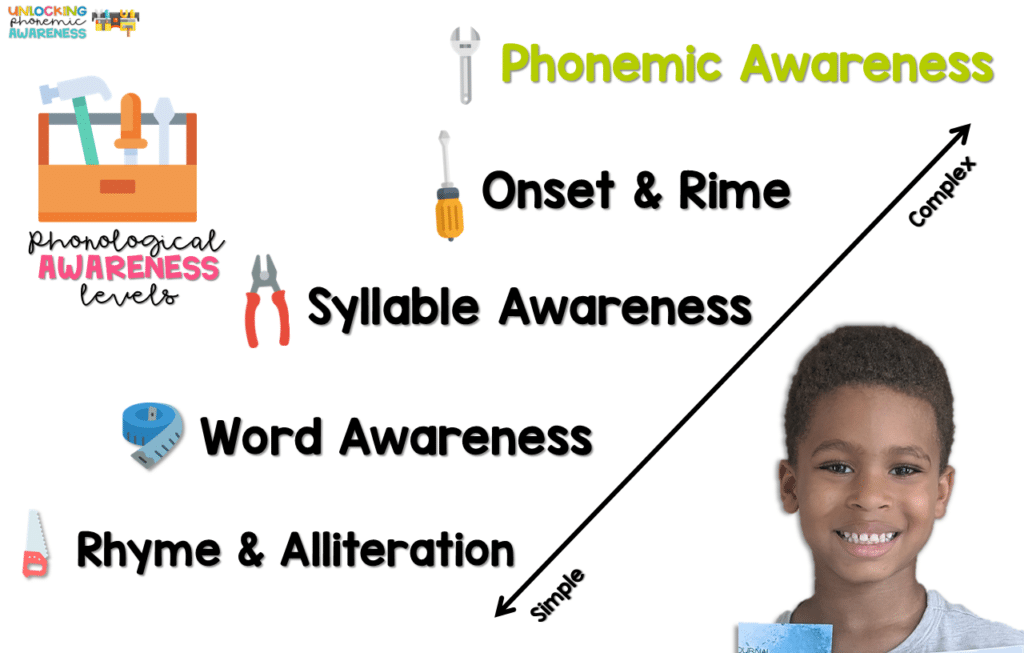
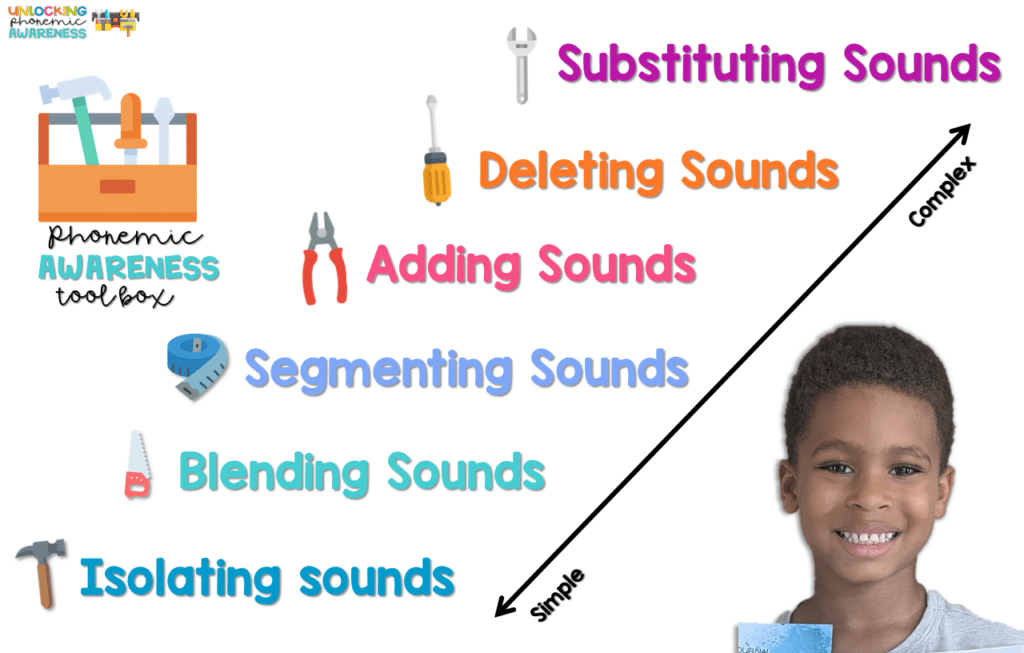
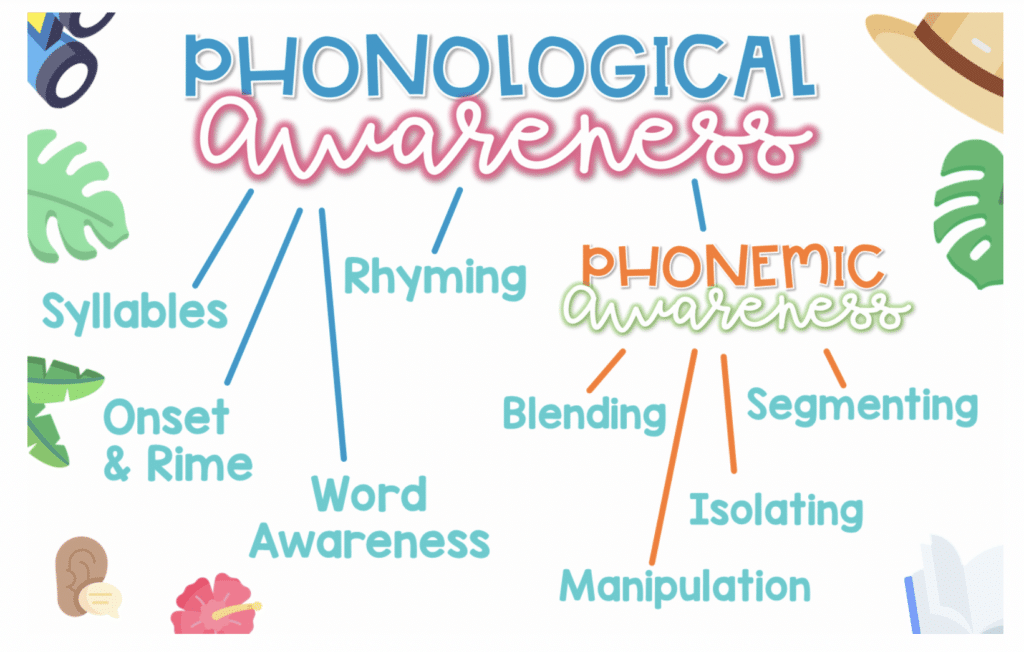
Before we dive into trouble shooting, it is worth taking the time to understand and respect what you are attempting to do. Phonological awareness (pa); the ability to recognize and manipulate parts of spoken words, builds in complexity up to phonemic awareness. Our brains did not evolve in way that reading occurs naturally to us. When you engage in pa activities, you are quite literally changing their brains.
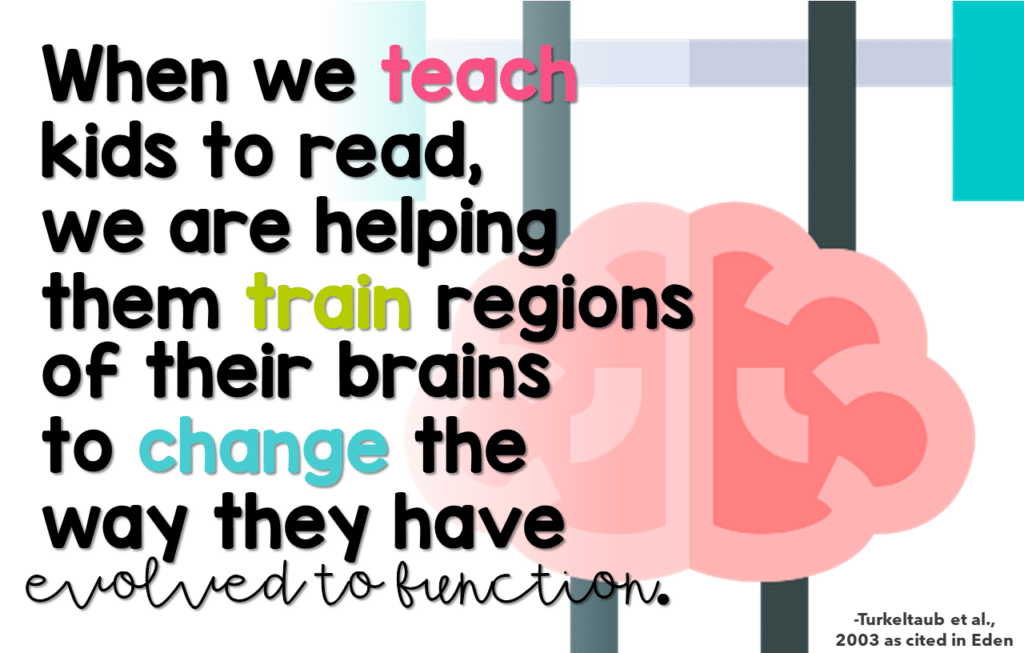
The skills seem so easy to us as adults, but rhyming, alliteration, segmenting, blending, are in fact not intuitive. Isolating sounds, understanding a word is even made up of small chunks is particularly hard in kindergarten, as they are also learning that print carries meaning. While we can start teaching these skills at 3, they are more often taught starting at 5-6, meaning kids have that many years they did not work on these skills. Give yourself and the students time! Trust the process. There are changes happening that show up on scans of the brain that we can see. With time and the correct instruction happening, those changes are happening in 95% of our students!
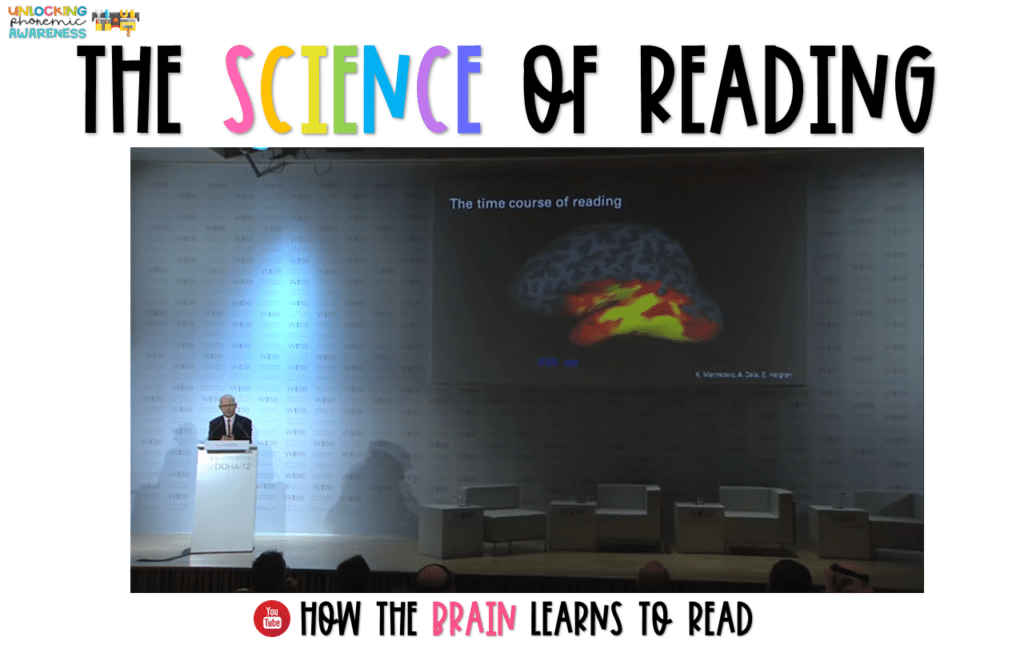
You can also watch this video where Professor Stanislas Dehaene shares more about the neuroscience behind developing readers. It absolutely blew my mind the first time I saw it! It’s about 30 minutes if you have time to check it out. The area of the brain that will read, needs to be able to manipulate sounds. However, for non-readers, this area simply does not exist… yet. As humans, we have not evolved this way, since reading is a purely man-made skill.

When reading, a person must blend several sounds together, and that needs to be taught, practiced, and developed. Otherwise, it’s like expecting a baby to ride a bike. We must wait for them to grow, change, develop, and practice gross motor skills like flipping, crawling, standing, and moving a certain way. As a baby, their body just is not developed to ride a bike yet. In reading, it looks like about 10 minutes of concentrated targeted phonological awareness work daily. This adds up to 20 hours over the course of a school year.
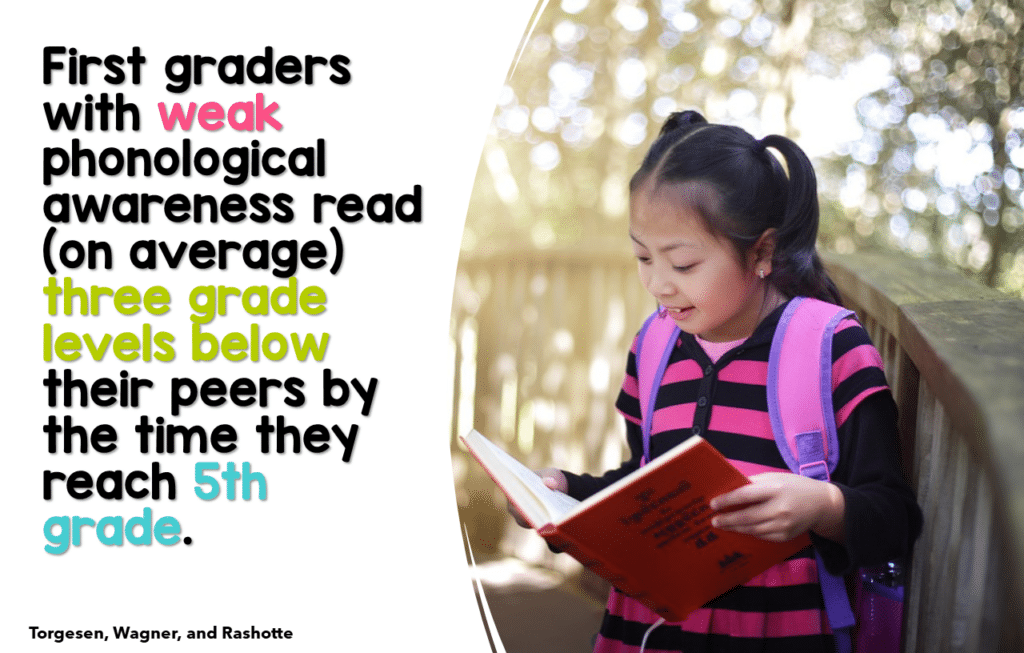
There is a chance you are well on your way to success but don’t realize it yet. In my experience, there are three main waves of students “getting it.” I have been teaching kids how to read following the science of reading research for over a decade now. I want to share the patterns and trend I have noticed with my K-2 students.
The first batch (and this is not the norm) of students who phonological awareness clicks for, will pop up in October-November. They start becoming really good at producing rhymes, they can quickly tell me a beginning, middle, or ending sound, and better yet: they can now manipulate sounds. I can tell them to take the /d/ off of dog and add a /h/ and they will instantly say, “Hog!” They are the students that excitedly tell me, “Cat and rat are the same word! You just have to change the r to a c!” These students will become my early readers come December. I will also see their skills spill over into their writing. They begin to apply their decoding skills to become better encoders.
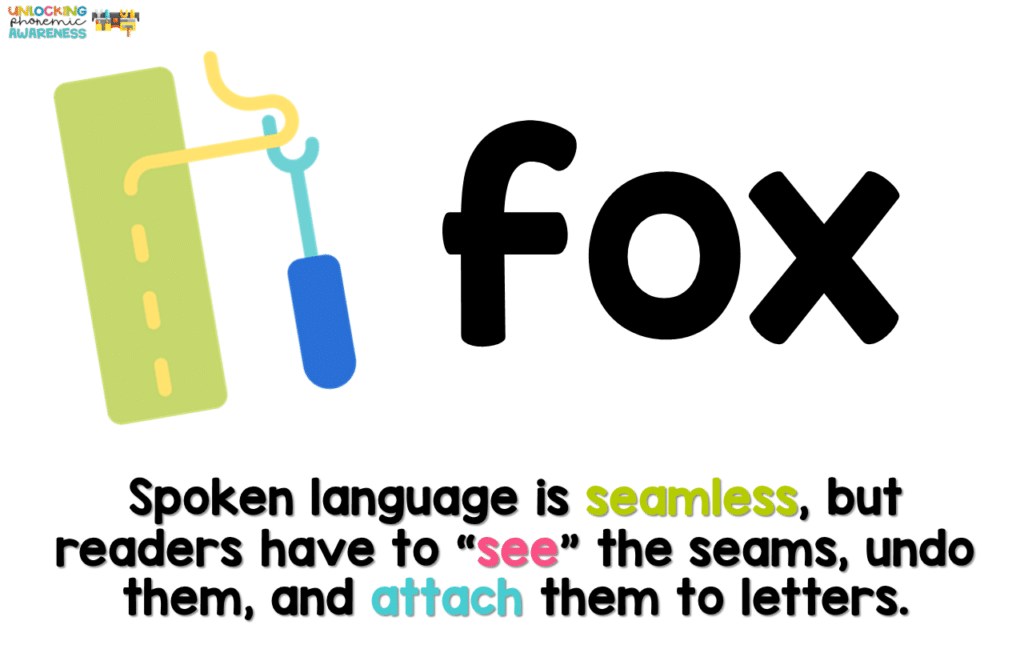
For the majority of students, phonological awareness will start clicking somewhere from February-March. I continue to spiral through skills, 10 minutes a day, giving them examples to think through. Up until the second half of the year, they are still not confidently isolating sounds, segmenting sounds, or manipulating sounds. To the untrained person, it may loo like the instruction is not working. What do I do? I am right along side them modeling, modeling how to hear the sounds, and slowly stepping back as their successes increase. Even once they have mastered skills (like isolating beginning sounds), we keep at it. They feel proud and successful, and lagging students keep practicing.
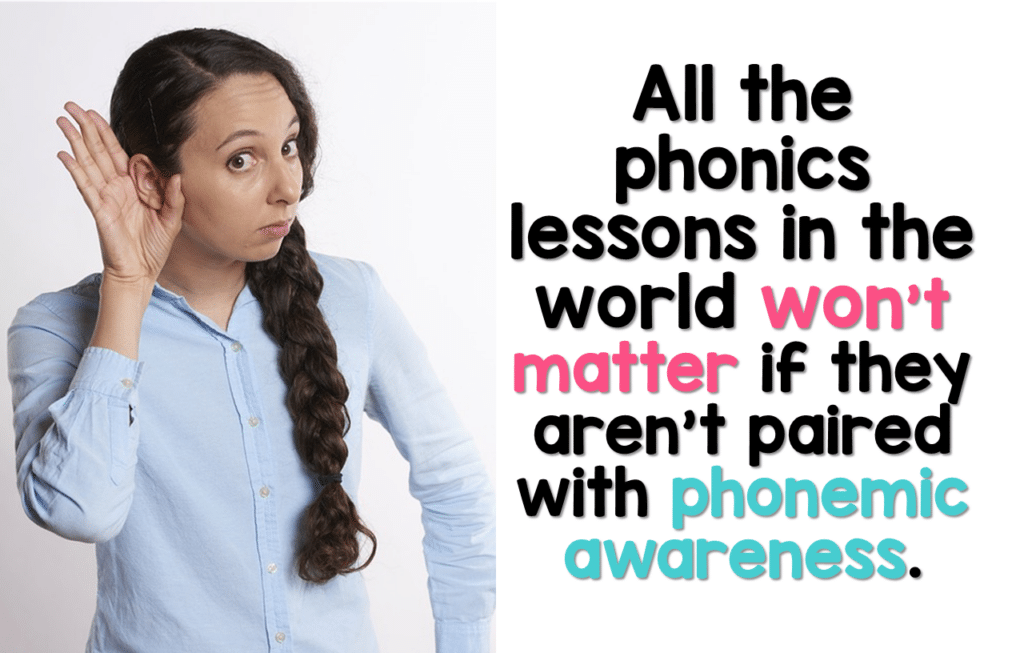
There will be those last 3-5 kids who are struggle to become phonemically aware. We do worry about them, but we do not stop teaching them. While we continue their practice, we may consider giving them extra support, refer them if that feels like an issue, and continue to trust the process. If the skills click at the end of the year, that is great, and we didn’t stop before the finish line. If not, we know we kept their research-based and highly effective learning going as long as possible, know there will be a summer slide, and talk to their caregivers about next steps as well as their new teachers for the following year.
If you have given this plenty of time, and your students are still struggling, let’s make sure your delivery is tight.
The first thing to remember when you feel that the phonological awareness skills aren’t clicking, is to remind yourself that they are just not clicking yet. Once you have, make sure everything is right on your end.
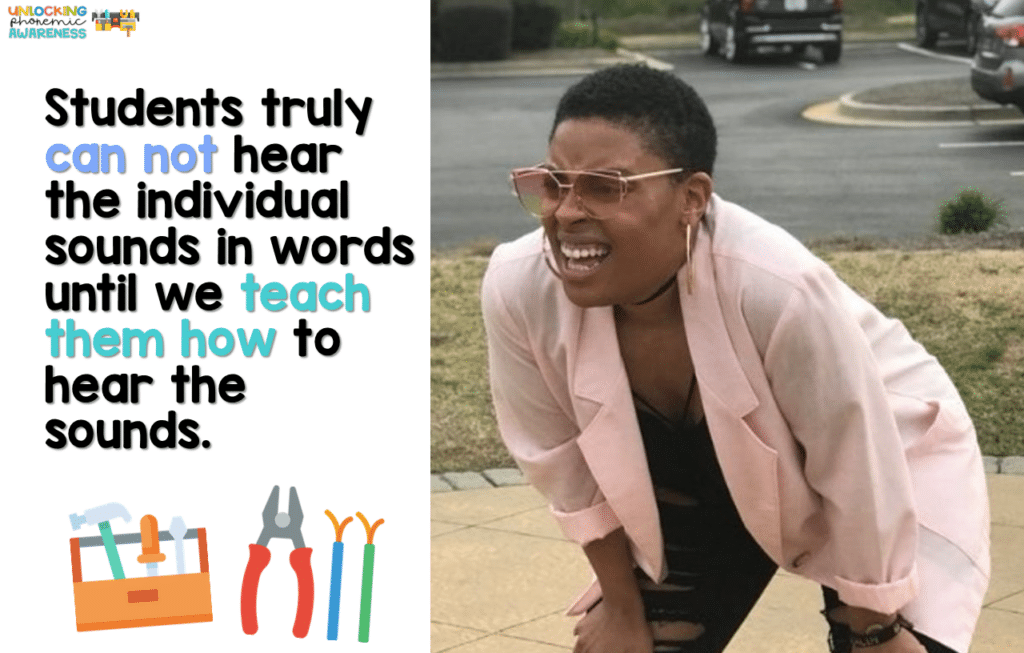
Reflect On:
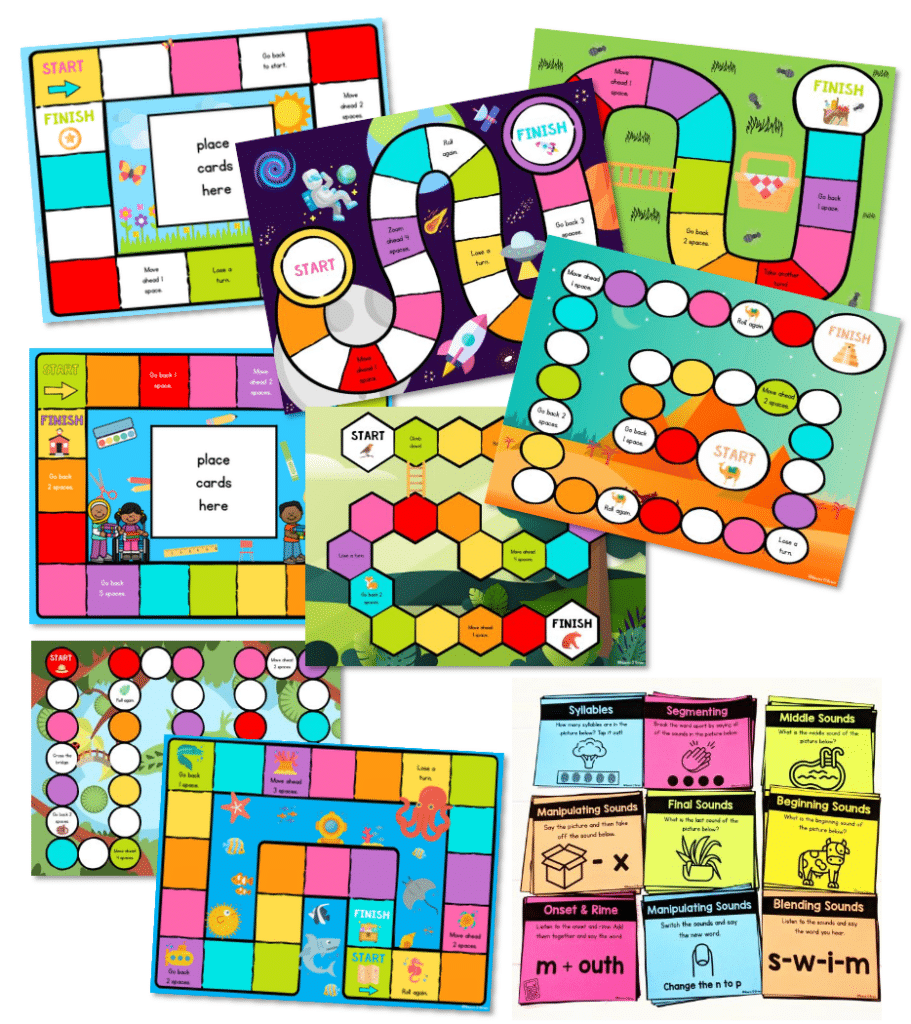
“Yes,” you say, “I have been patient, I have kept going, and I have done everything right on my end.” In this case, I can share some last tips with you, along with the assurance, to trust and keep up your end.
Try these tips:
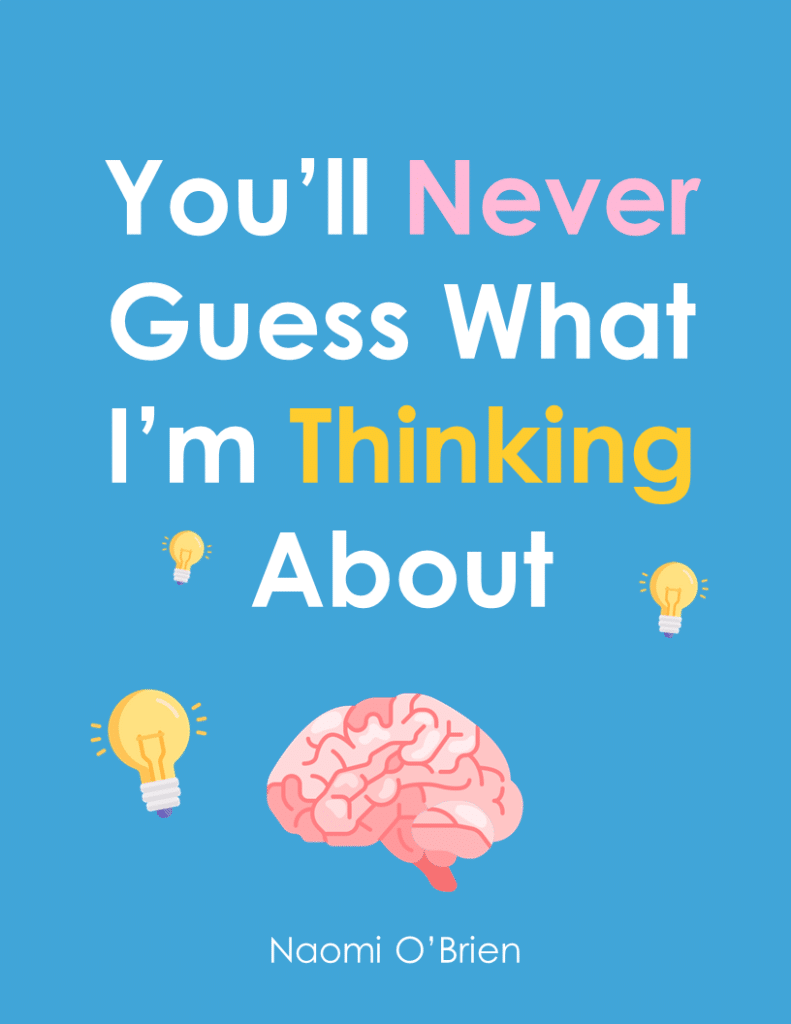
I leave you with saying, know that the real heart of teaching is not Instagrammable. It is slow, sometimes tedious. It is repetitive. It is consistent. Give it time, and you will see the growth! You are doing brain changing work. Keep it up!


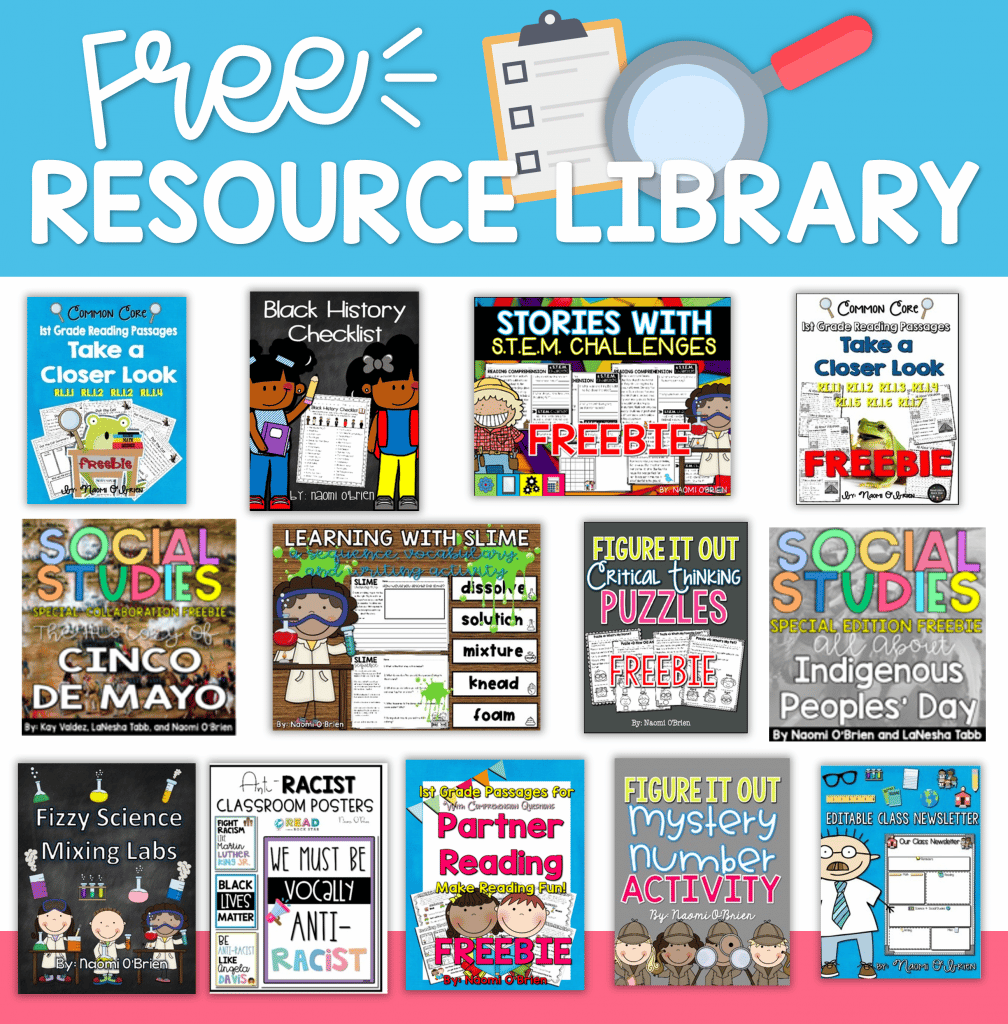
| Cookie | Duration | Description |
|---|---|---|
| cookielawinfo-checkbox-analytics | 11 months | This cookie is set by GDPR Cookie Consent plugin. The cookie is used to store the user consent for the cookies in the category "Analytics". |
| cookielawinfo-checkbox-functional | 11 months | The cookie is set by GDPR cookie consent to record the user consent for the cookies in the category "Functional". |
| cookielawinfo-checkbox-necessary | 11 months | This cookie is set by GDPR Cookie Consent plugin. The cookies is used to store the user consent for the cookies in the category "Necessary". |
| cookielawinfo-checkbox-others | 11 months | This cookie is set by GDPR Cookie Consent plugin. The cookie is used to store the user consent for the cookies in the category "Other. |
| cookielawinfo-checkbox-performance | 11 months | This cookie is set by GDPR Cookie Consent plugin. The cookie is used to store the user consent for the cookies in the category "Performance". |
| viewed_cookie_policy | 11 months | The cookie is set by the GDPR Cookie Consent plugin and is used to store whether or not user has consented to the use of cookies. It does not store any personal data. |
Thank you for your interest in booking a private professional development experience! Please fill out our Booking Inquiry form and a member of our team will contact you soon.